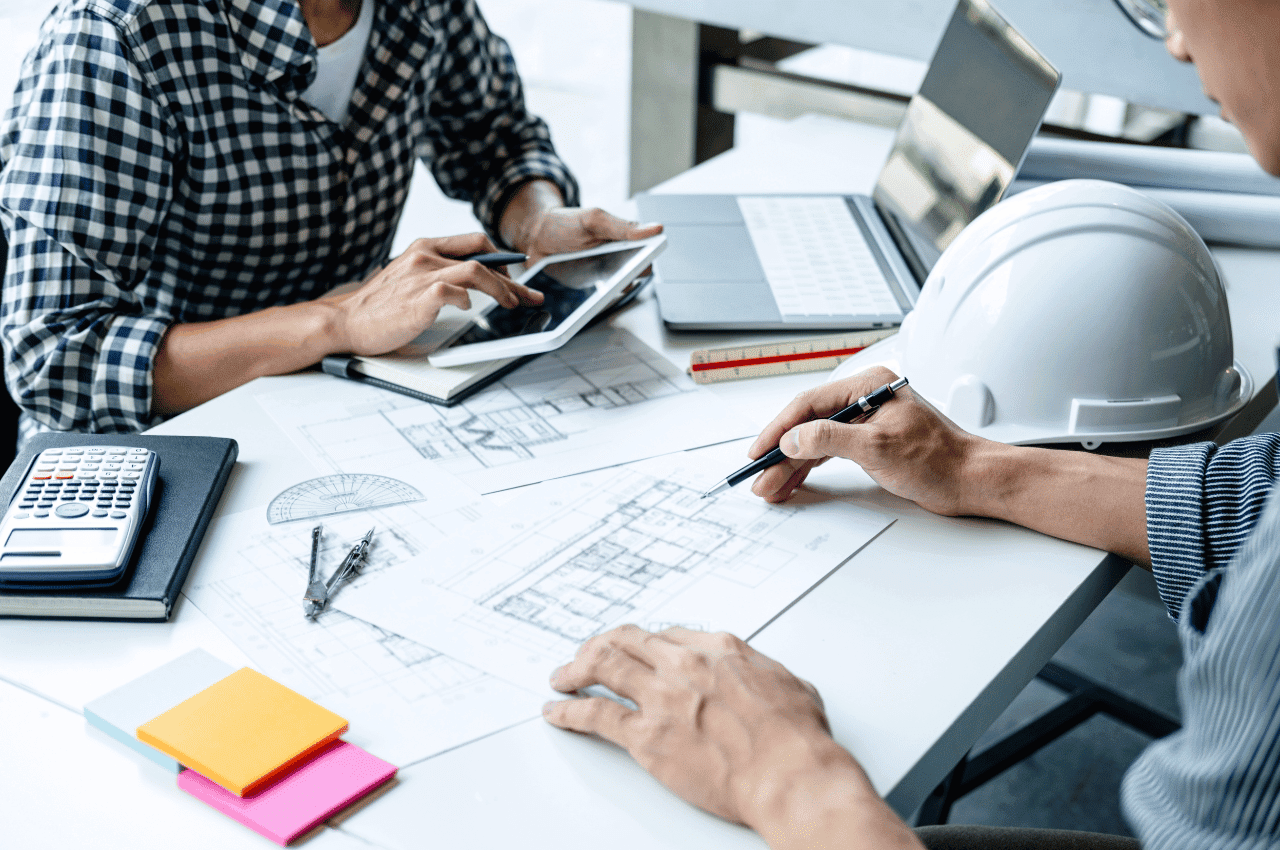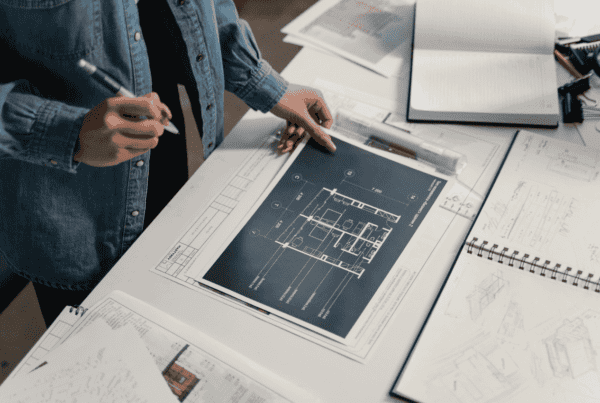Introduction
When you walk past a beautifully designed building or visit an inspiring public space, you’re seeing the results of creative professionals who bring architectural ideas to life. Among these professionals are architecture designers, specialists who play a critical role in shaping the look, feel, and function of buildings and environments.
But what exactly does an architecture designer do? This guide will help you understand the tasks, responsibilities, and contributions that architects make to the built environment, whether you’re new to the field or considering a career in design.
What Is an Architecture Designer?
An architecture designer is primarily responsible for the creative and conceptual phases of building design. Unlike a licensed architect, who manages a project from initial concept through construction, an architectural designer focuses on crafting the design vision. They translate ideas into visual concepts, draft preliminary plans and create 3D models that capture the look and feel of a space.
Their work forms the foundation of any architectural project, making them an essential part of the design and development process.
Key Areas Architecture Designers Handle:
- Developing initial concepts and ideas
- Creating sketches, drafts, and layouts
- Designing and building facades and interior spaces
- Preparing 3D models and architectural renderings
- Presenting ideas to clients and project stakeholders
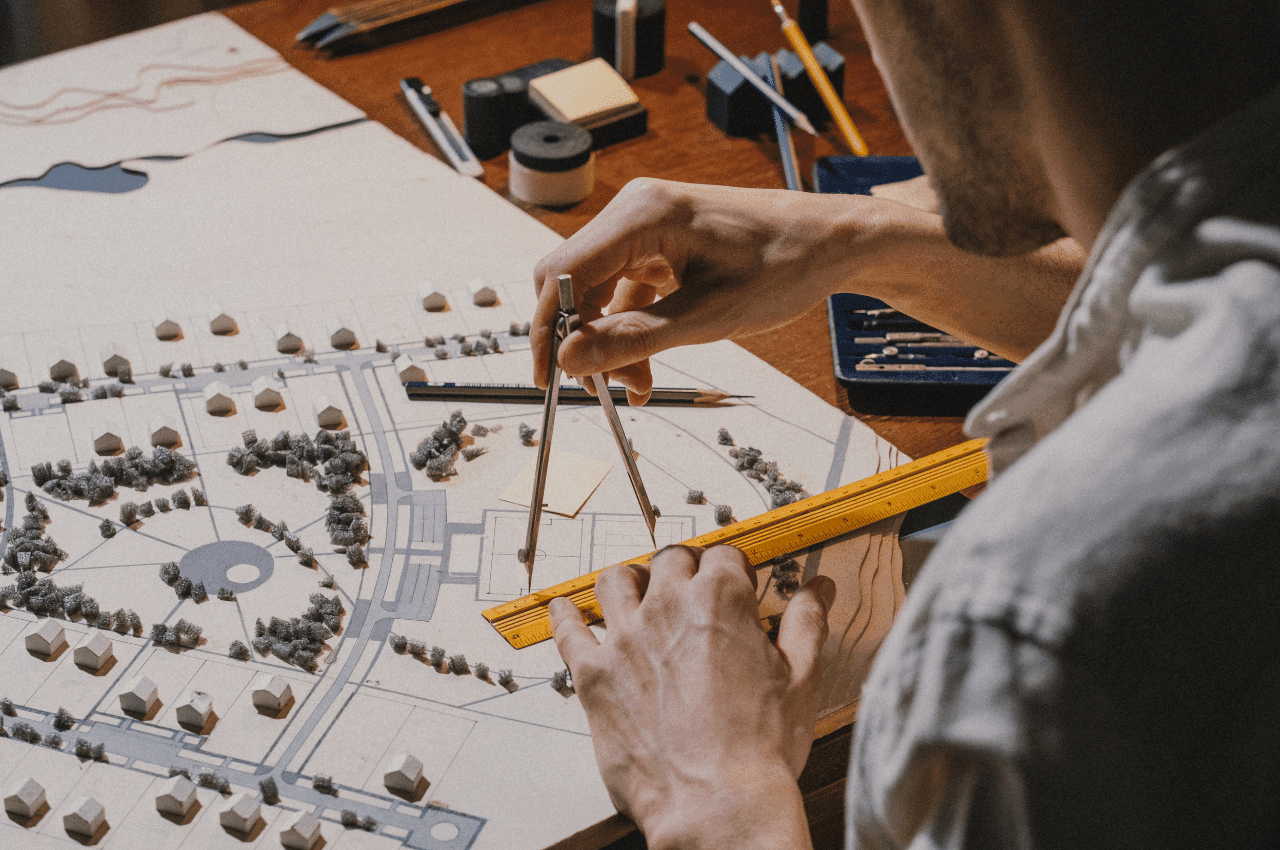
What Does an Architecture Designer Do Daily?
1. Conceptual Design
One of the main tasks of an architecture designer is concept development. This involves brainstorming ideas, sketching layouts, and creating visual representations of how a building should look. Designers consider factors such as:
- The client’s vision and requirements
- The site’s location and surroundings
- Cultural and aesthetic elements
- Sustainability and environmental impact
The goal is to create innovative and functional spaces that meet both practical and artistic goals.
2. Drafting and Design Documentation
After the initial concept is approved, the designer moves on to detailed drafting. This is where ideas are translated into more structured and technical drawings using software such as:
- AutoCAD – For 2D drafting and technical plans
- Revit – For Building Information Modeling (BIM)
- SketchUp and Rhino – For 3D modeling and visualization
- Lumion or Enscape – For photorealistic rendering
These tools helps the designer create floor plans, elevations, and design presentations that communicate the project vision to clients and other professionals.
3. 3D Modeling and Visualization
Architectural designers often create 3D models and photorealistic renderings to help clients visualize the project before construction begins. These models show:
- Building materials and textures
- Lighting and shadow effects
- Landscaping and the surrounding environment
Visualization is crucial for helping clients and stakeholders make informed decisions about the design.
4. Collaboration with Architects and Engineers
While architectural designers focus on the creative aspects of a project, they work closely with architects, engineers, and licensed construction teams to ensure the design can be built safely and in compliance with legal guidelines.
Their role is to propose design solutions, while architects and engineers handle the technical details, such as:
- Structural integrity
- Building codes and regulations
- Safety and compliance
5. Client Interaction and Feedback
Architect designers frequently meet with clients to present ideas, discuss project goals, and gather feedback. This process often involves:
- Listening to client requirements
- Presenting sketches, drafts, and renderings
- Making revisions based on feedback
- Explaining design choices and aesthetic decisions
Strong communication skills are essential because designers must balance between creativity and practical client needs.
6. Incorporating Sustainability
Today’s architecture places a strong emphasis on sustainable design. Architecture designers often consider:
- Eco-friendly materials
- Energy-efficient layouts
- Natural ventilation and daylight optimization
- Green certifications like LEED or GreenRE
By incorporating these elements, designers help reduce the environmental footprint of buildings.
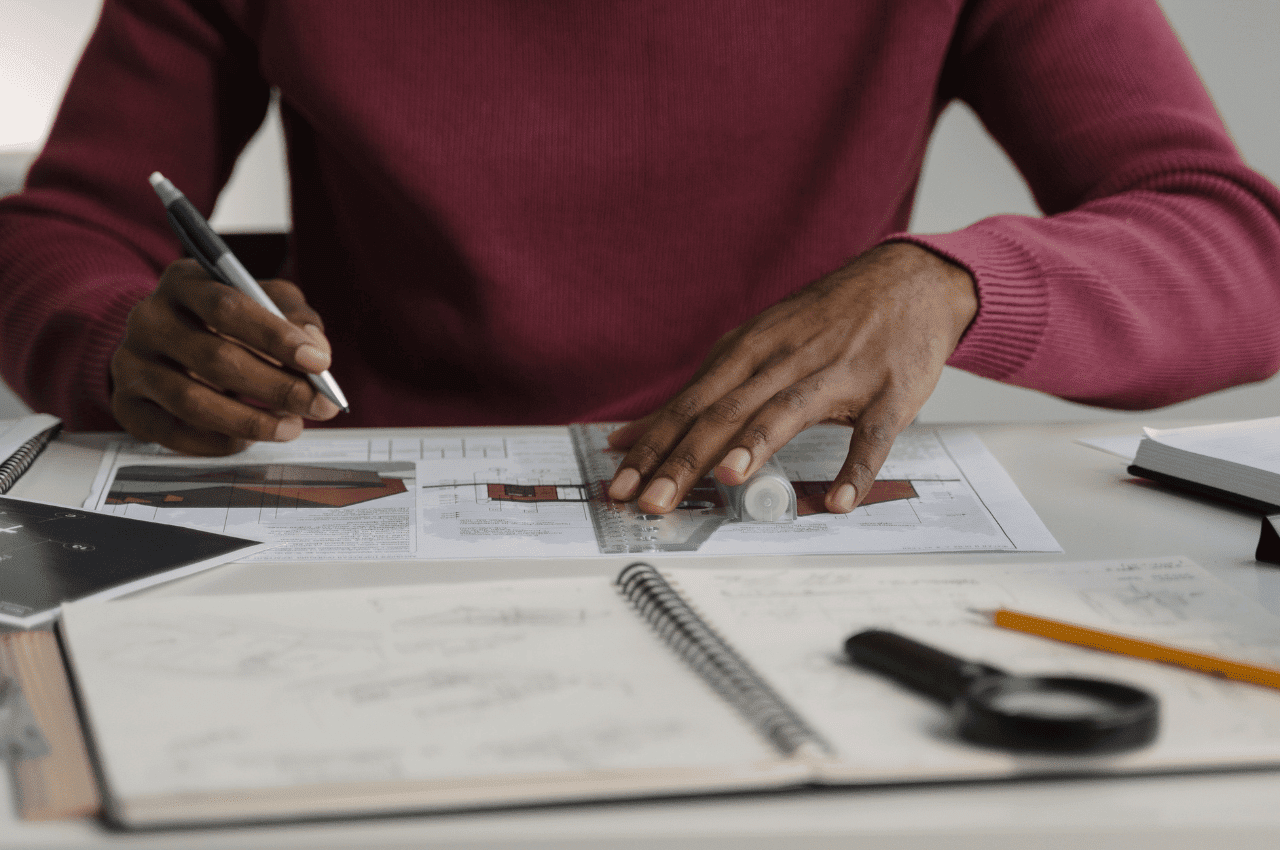
Essential Skills for Architecture Designers
Being an architecture designer requires a combination of creative, technical, and interpersonal skills. Here are the most important abilities:
Creative Skills:
- Artistic drawing and sketching
- Innovative design thinking
- An eye for aesthetics and detail
- Spatial awareness and proportion
Technical Skills:
- Mastery of design software (AutoCAD, Revit, SketchUp)
- Basic knowledge of building systems and materials
- Understanding structural design principles
- Familiarity with zoning laws and local regulations (depending on the location)
Interpersonal Skills:
- Strong communication for client meetings
- Collaboration with architects, engineers, and contractors
- Problem-solving to address design challenges
- Adaptability to make revisions and improvements
How Is an Architecture Designer Different from an Architect?
Many people confuse the roles of architecture designers and architects, but there are key differences.
An architecture designer primarily focuses on the creative aspects of a project. Their role is to propose design ideas, draft layouts, and produce 3D visuals that capture the essence of the client’s vision. However, they are usually not licensed to approve construction documents or oversee project management.
On the other hand, an architect manages the entire project from design to construction. Architects are licensed professionals who:
- Ensure building code compliance
- Oversee structural and safety standards
- Manage the legal documentation for construction
- Supervise contractors and the construction process
In many cases, architecture designers work under the supervision of licensed architects, especially in large firms or complex projects. Some designers choose to pursue an architecture license later in their career.
Where Do Architecture Designers Work?
Architectural designers work in various industries and environments. Common employment settings include:
- Architecture Firms – Collaborating on residential, commercial, and public projects
- Interior Design Studios – Focusing on interior spaces and layouts
- Real Estate Development Companies – Designing preliminary concepts for new developments
- Urban Planning and Landscape Design – Contributing to city planning and public space design
- Freelance or Design Studios – Offering independent design services to clients or developers
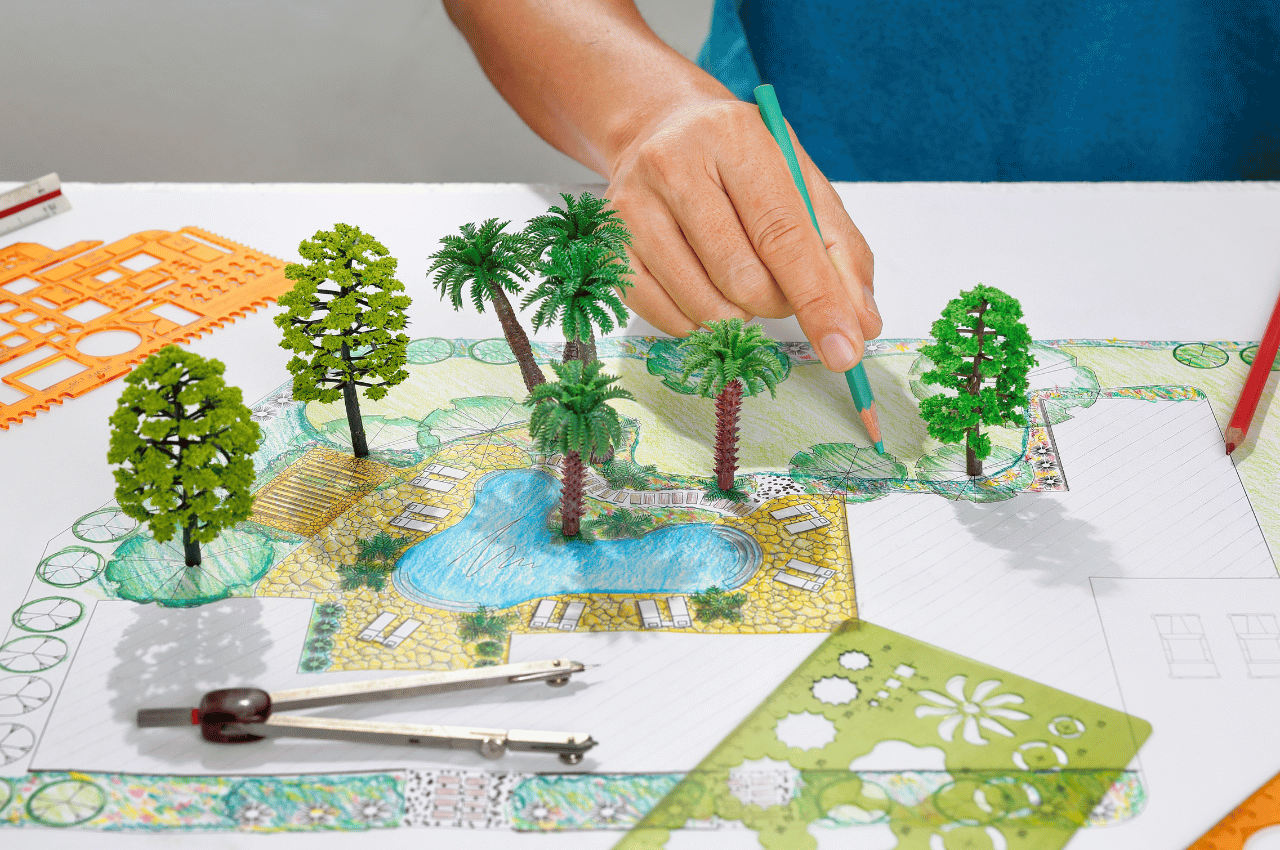
Why Are Architecture Designers Important?
Architecture designers are essential to the building industry because they bring creativity and innovation to projects. Their work affects:
- Visual Appeal – Making spaces aesthetically pleasing
- Functionality – Ensuring the design meets user needs
- Comfort and Usability – Designing for human experience
- Sustainability – Reducing environmental impact
Without skilled designers, the spaces we live, work, and relax in would lack the thoughtfulness and beauty that make them enjoyable.
How to Become an Architecture Designer
If you’re considering a career as an architecture designer, here’s a typical path:
- Education – Most designers have a bachelor’s degree in architecture, architectural design, or interior architecture. Some pursue a master’s degree for specialized roles.
- Software Skills – Learn design software like AutoCAD, Revit, and SketchUp. 3D rendering programs such as Lumion or Enscape are also helpful.
- Build a Portfolio – Create a collection of your best designs, sketches, and renderings to showcase your creativity and technical abilities.
- Internships and Experience – Gain hands-on experience by working in architecture firms or design studios.
- Optional Licensing – Some designers choose to become licensed architects later, but it’s not mandatory for design-focused roles.
Conclusion
Architecture designers are the visionaries behind many of the structures that shape our cities and daily lives. They imagine, create, and refine the designs that architects, engineers, and builders bring to reality.
Whether you’re looking to hire one or become one, understanding what an architecture designer does is the first step toward appreciating the artistry and innovation behind the buildings and spaces around us.


